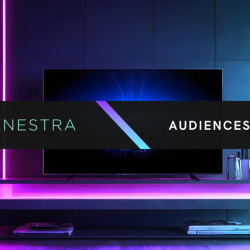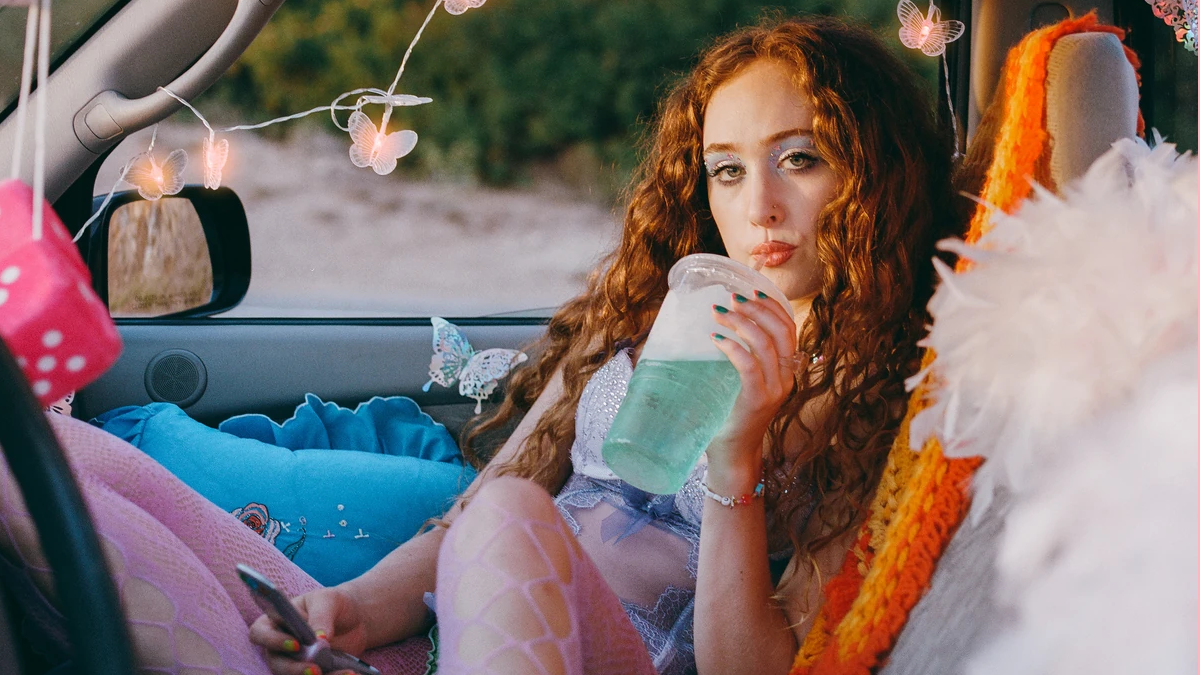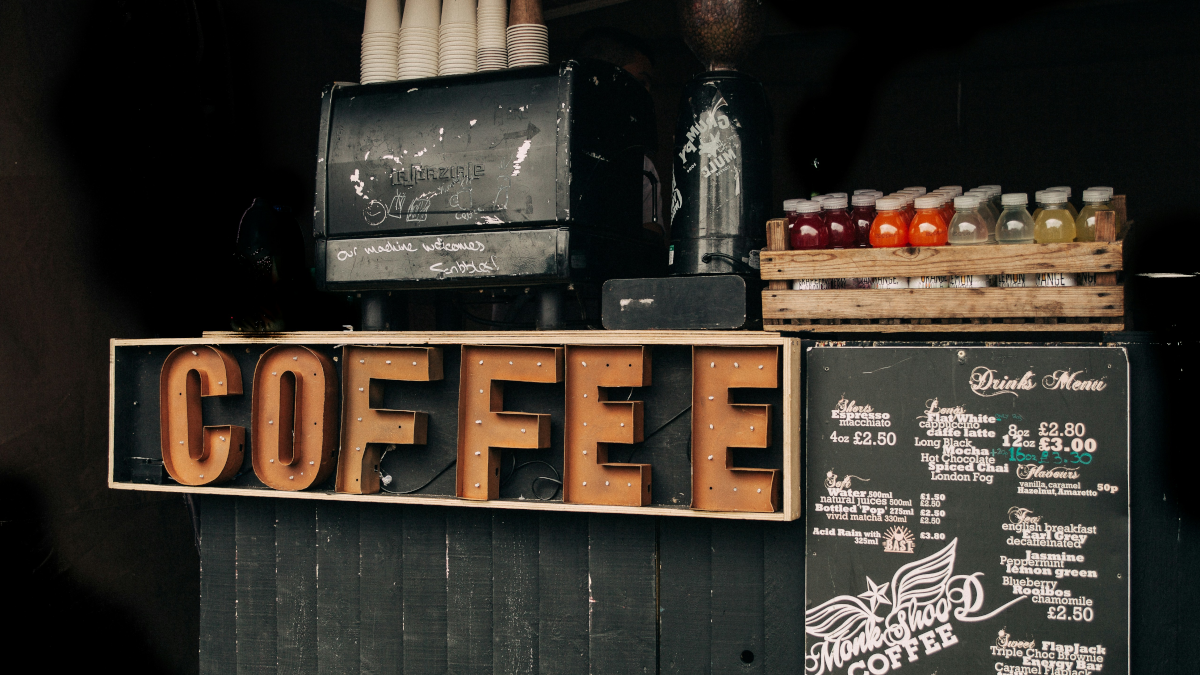Men are disturbed not by things, but by the view which they take of them.
— Epictetus
Life feels pretty scary these days. Just consider these stats:
- Most Brits expect World War 3 to happen in the next 5-10 years (YouGov)
- One in three Brits are scared of becoming homeless (Howarth Housing Group)
- 56% of children and young people worldwide think humanity is doomed (Royal College of Paediatrics and Child Health)
Searches around anxiety are overtaking searches around depression for the first time:

Google News searches for ‘crime’ are rising steadily in the UK, too, even though crime has fallen over the last decade.
The world has become safer on all sorts of measures over the last couple of centuries, but it feels like it’s becoming more dangerous. Of course there are serious threats, from climate change to nuclear war to superintelligent AI. But constant vigilance about things so far out of our control is an exhausting state to occupy, day after day after day.
Why fear prevails
We’re evolutionarily-primed for fear responses. Without fear, we wouldn’t survive. In our contemporary media landscape, this primal bias for noticing threats gets triggered on an industrial scale.
Fear is an undeniably reliable way to attract attention and leave a lasting mental impression, so it shouldn’t be a surprise that so much of the information we encounter is dripping with dread. As various studies of media and advertising have shown, we’re drawn to the darkness…
America’s top fears
Chapman University in California conducts a Survey of American Fears each year. In 2023, Americans were most afraid of government corruption, economic collapse, and Russia using nukes.
These were all higher than ‘people I love dying’. This indicates just how much the media shapes what keeps people up at night. Christopher Bader is a professor of sociology at Chapman. In his words, ‘The media gives us what we want: something to fear, the scary thing, the dark thing.’
The power of fear speech
On social media, fear may be even more potent than hate (and also far less likely to be moderated). Last year, a team of Indian researchers analysed over a million posts from Gab — one of the platforms used to plan the storming of the US Capitol in 2021. They found that users posting lots of ‘fear speech’ (inciting fear about a particular group) accrued more followers and influence than those posting lots of hate speech. When you tell people who to be afraid of, they pay attention.
Feared but not forgotten
In 2018, a team from University College London concluded that people remember fear-inducing adverts better than those that don’t elicit fear. This is consistent with other research showing that emotional intensity improves memorability, whether the emotions are positive or negative.
What’s less clear is how businesses should think about the ethics of using fear-based marketing.
Fear in political campaigns
In their paper The Wrath of Candidates: Drivers of Fear and Enthusiasm Appeals in Election Campaigns across the Globe, researchers from Germany and the Netherlands discuss how ‘anxiety appeals’ can shift voters’ allegiances. They highlight how parties and candidates on the right, especially those on the far-right, are more likely to use negative emotions in their campaigns.
So how are political parties using fear in the 2024 UK General Election campaign?
Meta’s Ad Library lets you browse ads running across their platforms. It’s fair to say both Labour and the Conservatives are using fear in an attempt to win votes in July, with the tone of many ads being ‘you can’t trust the other guys.’ This Labour one received 70-80k impressions at time of writing:
Arguably the Comic Sans meme aesthetic takes out some of the sting, but the underlying message is ‘you don’t want to get shot and die, do you?’ The ad is no longer active, so presumably didn’t perform that well.
Meanwhile, this is the Conservatives’ most-viewed ad creative currently:
The Tories have spent £30K-£35K on this ad (at the time of writing), with around 1 million impressions.
There’s also a crowdsourced library of political campaign leaflets at OpenElections.co.uk. Here’s some recent mail from the Tories in Penistone and Stocksbridge:

I counted nine mentions of ‘safe’ / ‘safer’ / ‘safety’ on this page.
Contrast that with the tone of this Labour leaflet, delivered to homes in Bournemouth West:

Elsewhere, Rishi Sunak has claimed that the UK would be less safe under a Labour government. Keir Starmer is responding by positioning Labour as the party of national security.
Voters will always care about this stuff, but it also sucks oxygen away from more proactive, more optimistic, more visionary ideas.
Is a more hopeful paradigm possible?
The never-ending reminders of things to be afraid of pollute our psychic climate. The ’24/7 drumbeat of drama and danger’ leads us to think the world is riskier than it really is. The energy we expend worrying leaves us less capable of spirited, adventurous action in pursuit of a better tomorrow. The only exceptions are when fear-driven messages also reinforce our sense of self-efficacy (as with the best public health campaigns). It’s when we feel powerless that fear really messes us up.
Right now, the incentives of our information economy mean media businesses, advertisers, political parties, and social media influencers will keep pushing our panic buttons.
But you and I can only focus on what we can control. We can push other buttons in our work — we can be funny, odd, subversive, uplifting. We can give people a momentary escape. We can fire people’s imaginations, instead of fuelling their nightmares.
But then again, I’d love to see more ads like this.
Featured image: Uday Mittal / Unsplash
































